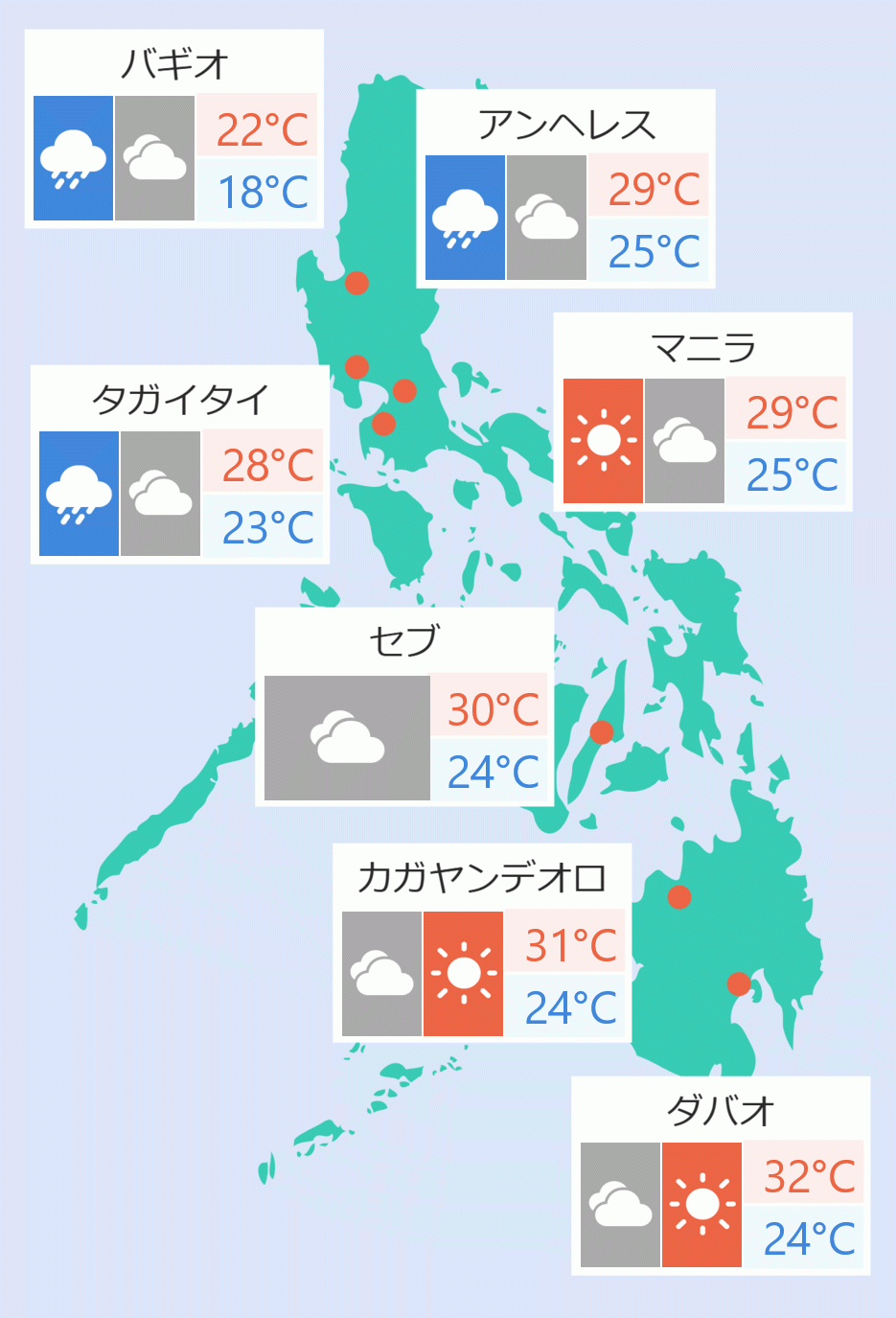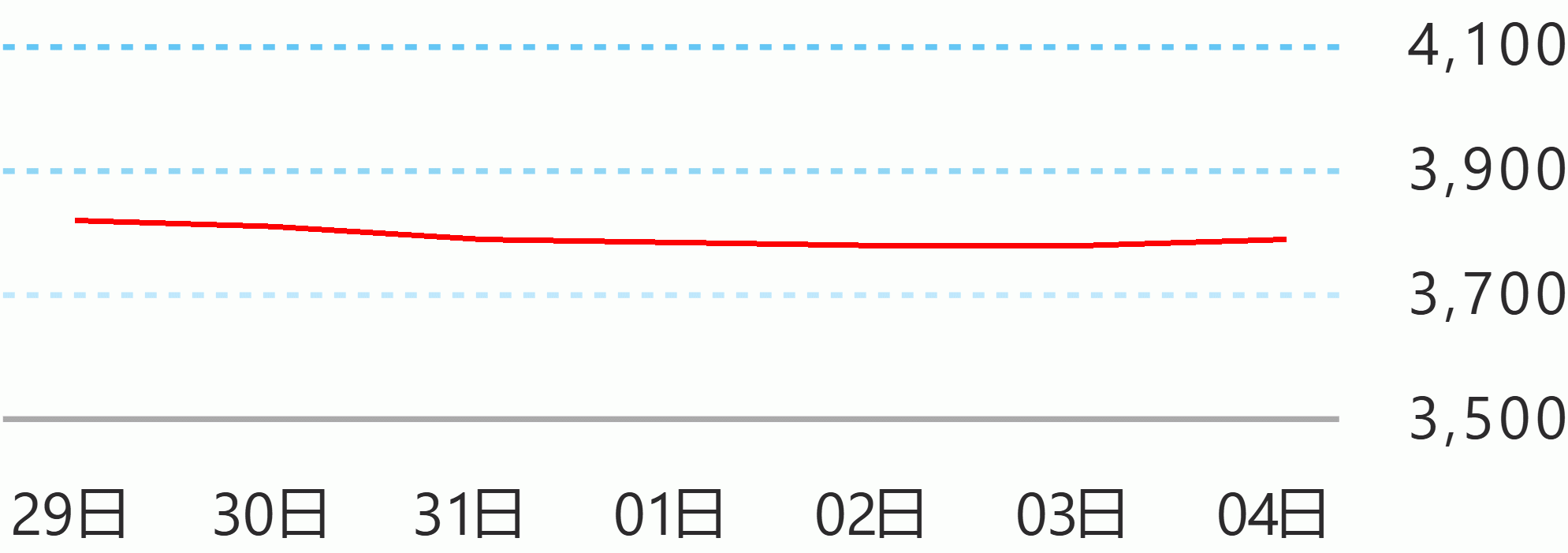Headline inflation rate slid to 4.7 percent in July, marking the sixth consecutive month of deceleration. This is within the month-ahead forecast range of the Bangko Sentral ng Pilipinas (BSP) of 4.1 to 4.9 percent.
“Headline inflation cooled further to 4.7 percent in July 2023 from 5.4 percent in June. This is the sixth consecutive month that inflation has eased, strongly supporting the likelihood that inflation might be within the 2.0 to 4.0 percent target range by the fourth quarter of 2023,” Finance Secretary Benjamin Diokno said.
The July inflation rate is at its lowest level since the 4.9 percent in April 2022. It was below the median estimate of 4.9 percent by private analysts.
The downtrend in inflation was primarily due to the slower increase in Housing, water, electricity, gas and other fuels (4.5 percent in July from 5.6 percent in June); Food and non-alcoholic beverages (6.3 percent from 6.7 percent); and Transport (-4.7 percent from -3.1 percent). However, inflation in Education increased to 3.7 percent in July from 3.6 percent in June.
Seasonally adjusted month-on-month (MoM) inflation was at zero percent monthly growth rate in July from a 0.1 percent uptick in the previous month.
The main contributors to headline inflation for the month of July are Food and non-alcoholic beverages, contributing 2.4 percentage points (ppt); Housing, water, electricity, gas and other fuels (1.0 ppt); and Restaurants and accommodation services (0.8 ppt).
While food inflation continued its downward trend for the sixth consecutive month at 6.3 percent, it continues to be the main source of headline inflation led by vegetables (0.6 ppt); rice (0.4 ppt); flour and bread (0.3 ppt); as well as milk and eggs (0.3 ppt).
Meanwhile, the deceleration in food inflation was led by the decline in prices of meat (-1.7 percent from 0.3 percent), and the slowing down of price increase for fish (4.5 percent from 6.2 percent) and sugar (21.4 percent from 28.9 percent).
Top contributors to the non-food inflation are Food and beverage services (0.76 ppt), Actual rentals for housing (0.65 ppt), and Passenger transport services (0.33 ppt).
Core inflation, which excludes selected volatile food and energy items, slowed down to 6.7 percent from the 7.4 percent recorded in June, bringing the average core inflation for the first seven months of the year to 7.6 percent.
Inflation in the National Capital Region (NCR) remained at 5.6 percent, while inflation for areas outside of NCR decelerated to 4.4 percent.
Region VIII (Eastern Visayas) recorded the lowest inflation rate at 2.4 percent, while Region VI (Western Visayas) had the highest inflation rate at 5.8 percent.
Inflation for the bottom 30 percent households, which has been rebased to the year 2018, declined to 5.2 percent, from 7.2 percent a year ago, and 6.1 percent in June 2023, resulting in a YTD inflation of 7.6 percent.
The main sources of deceleration in inflation for the bottom 30 percent households were lower inflation rates of Food and non-alcoholic beverages (6.1 percent); Housing, water, electricity, gas and other fuels (3.0 percent); and Transport (-3.0 percent), respectively contributing 49.3 percent, 31.3 percent, and 12.4 percent to the downtrend in inflation.
The Economic Development Group (EDG) held its second session in a Joint EDG and Inter-Agency Committee on Inflation and Market Outlook (IAC-IMO) Meeting on July 20. DOF Communications Group





 English
English









